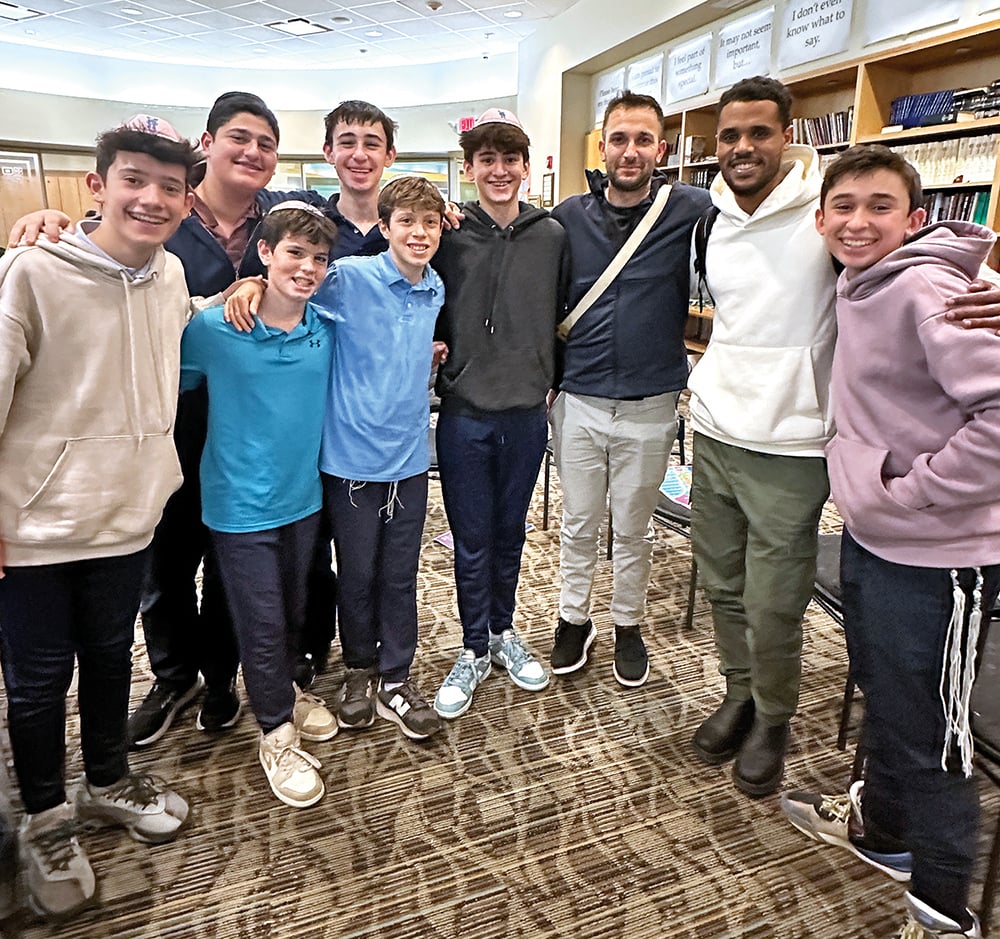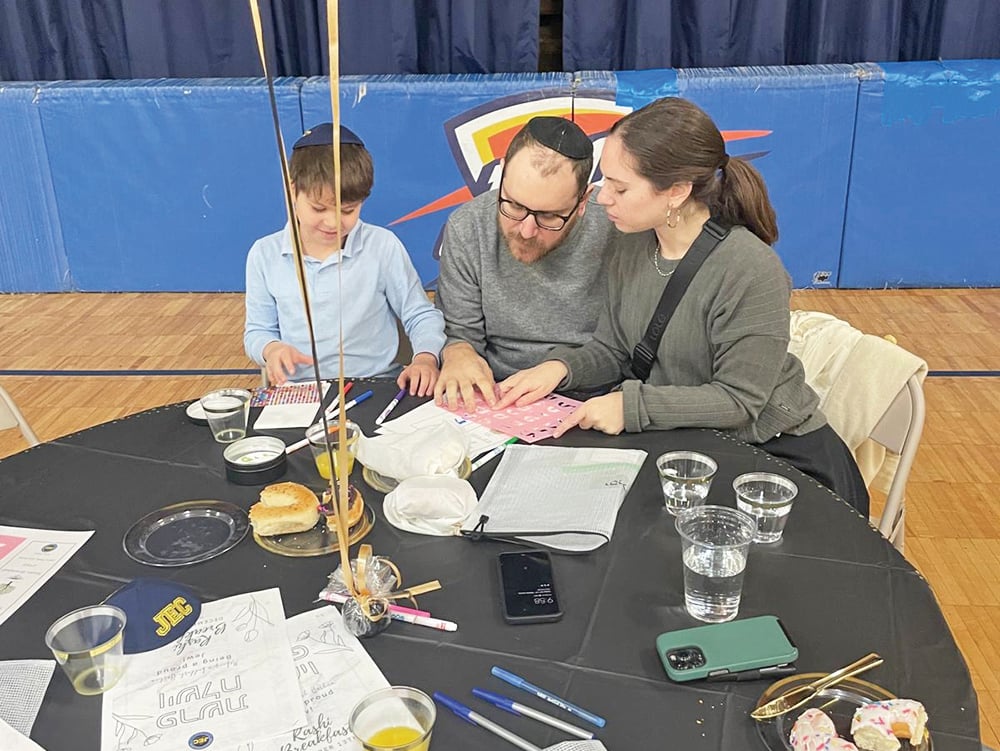Ordinarily, the issues in an injury case in New York State are straightforward: 1) negligence of the party being sued, 2) what percentage of fault will the jury attribute to the party bringing the suit, and 3) the monetary value of the injuries. (The amount of the underlying liability insurance coverage is also critical, even though that does not get told to the jury.)
Also, when the suit is an auto case, there is always the fundamental question of whether the person’s injury meets one of the “serious injury” categories. If you cannot prove at the trial that you meet one of the “serious injury” categories, you are entitled to zero for your pain and suffering, despite your many months, or perhaps years, of treatment. (The law in New Jersey is substantially the same. You must prove that you meet one of the “verbal tort threshold” categories. But in New Jersey, you have the option of paying more for your auto insurance and declining this requirement.)
But sometimes unusual issues arise in auto cases. Here is a sample of some interesting cases.
I. The Emergency Doctrine
Ordinarily, if a driver takes his hands off the steering wheel, this would be considered negligence and he would be held responsible for the injuries to his passengers if the vehicle goes out of control.
But what if the driver had a good excuse for taking his or her hands off of the wheel? There is a doctrine in New York called the “emergency doctrine,” which excuses individuals from the ordinary standard of care in the face of “sudden and unexpected circumstances.”
An interesting case was decided applying this doctrine. The female driver instinctively took her hands off the wheel to cover herself, after an unruly passenger suddenly unlaced her bikini top. This caused her to lose control of the car and it struck a guardrail. The unruly passenger died. Another passenger was severely injured and decided to sue her for negligence.
At the trial, the judge instructed the jury about the emergency doctrine. Based on this instruction, the jury found the driver’s conduct excused and rejected the passenger’s case. But the passenger’s lawyer appealed. He argued to the appellate court that the trial judge should not have instructed the jury about the “emergency doctrine” here, because the passenger’s conduct in unlacing the bikini top was preceded by a series of other unruly events by him over several minutes. The driver had been aware of the passenger’s inappropriate and distracting behavior, yet chose to maintain her speed at 65 mph. The lawyer argued that, in this particular case, the passenger’s final act was not “sudden and unexpected.”
The appellate court consisted of four judges. Fortunately for the driver (and her insurance company), three of the four judges rejected this argument and held that the trial judge had acted appropriately in instructing the jury about the emergency doctrine. The verdict of the jury dismissing the case was affirmed. But it is interesting that one judge was willing to dissent and believed that a new trial was warranted. This judge was willing to accept the argument that this was not the type of situation envisioned by the emergency doctrine, because of the several minutes of prior unruly behavior. This judge concluded: “That [the passenger] would ultimately commit an act which would cause [the driver] to lose control of the vehicle, under the circumstances of this case, cannot be deemed sudden or unexpected.” In this judge’s opinion, the jury should not have been instructed about the “emergency doctrine.” But because this judge was the only one who felt this way, the injured passenger lost.
II. Vicarious Liability
Under Sec. 388 of New York State’s Vehicle and Traffic Law, the owner of a vehicle is vicariously responsible for the negligence of anyone using the vehicle with his permission. The permission to use the vehicle does not have to be expressed. It can be implied. It is the rare case in New York that a court would decide that a vehicle was being operated without the express or implied permission of the owner.
An interesting case arose when someone was injured by a vehicle driven by a diplomat but owned by another. A long-standing legal concept is diplomatic immunity, meaning that a diplomat cannot be held accountable for his own negligence. The owner of the vehicle in this case argued that he should not be held vicariously liable since the diplomat himself could not be held liable. But the court rejected this argument. The court reasoned that the strong public policy behind 388 of the Vehicle and Traffic Law required providing victims with a remedy, and this policy trumped the traditional concept of diplomatic immunity.
III. Causation
Sometimes an issue of causation arises. For example, a client of mine was walking on the sidewalk, when a vehicle was negligently driven and mounted the sidewalk. My client ended up falling to the ground and injuring herself, but there was conflicting evidence as to how she ended up on the ground. She testified that the vehicle knocked her to the ground. But there was other testimony that the vehicle never touched her and that she ended up on the ground by leaping to avoid it. Finally, a witness testified that the noise produced when the vehicle struck a wall on the sidewalk scared my client and made her fall to the ground.
Did we have to prove that my client was contacted by the vehicle? No. All we had to prove was that the vehicle mounting the sidewalk was “a proximate cause” of her falling to the ground and her injuries. “Proximate cause” is a legal term which essentially means “a substantial factor.” Here, under all the above scenarios, the vehicle’s mounting the sidewalk would likely be considered by a jury to have been the “proximate cause” of her fall and injuries. Therefore, the driver’s insurance company was willing to offer a substantial settlement.
Mitchell First Esq. has been a personal injury attorney for over 30 years. His office is in Manhattan and he can be reached at 1-800-710-7250.













